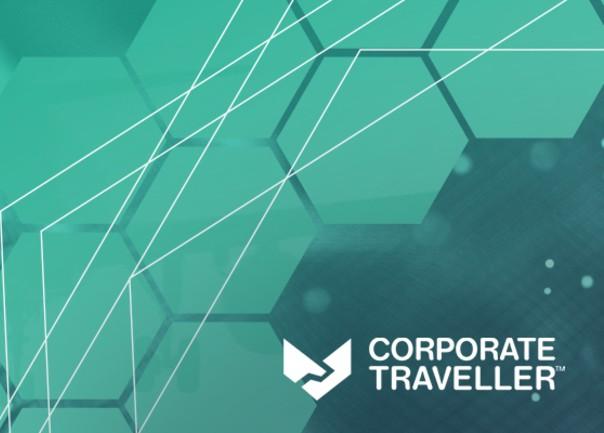VA rebuilds from the ground up
When the world was turned upside down in 2020 and aviation around the world was on bypass, Virgin Australia chose a bold path. Setting out on a journey of transformation, the airline bravely looked beyond the pandemic towards a return to flying.
Talking about the challenging period on stage at Illuminate 2022, Virgin Australia CEO, Jayne Hrdlicka summed up the two years since then, saying, “it has been a brutal couple of years, with no playbook for what we experienced.”
“We pulled the business apart and totally rebuilt it,” Jayne said. “We took $300 million out of our costs and restructured our airfare pricing. We reintroduced our domestic lounges, overhauled onboard Wi-Fi, updated catering and introduced new tech, with better platforms and easier direct booking. We started with the customer first, and then worked our way back to improve the entire experience.”
With a new expanded fleet, the airline wasted no time in starting to rehire staff again in 2021.
“Our goal was to be ready to fly again as soon as it was possible, because we knew business would come back fast post-COVID. All stood down staff were given the opportunity to return and we now have over 7000 staff, compared to just 4000 in November 2020.”
While there was still very little demand just eight months ago, the airline reports that total market demand is now back to normal. “Leisure demand is currently larger and SME travellers are back, but corporates are doing less trips,” Jayne said. “In business, relationships are essential and corporates need to invest in seeing customers and colleagues face-to-face again.”
With Virgin Australia’s business travel just under 2019 capacity, the airline is investing in loads of new technology all designed to benefit businesses – with more self-service and faster connections. “Our goal is to have 33% per cent of the business market, and to achieve that, we know we need an attractive price position,” said Jayne. “Value wise we are 30% cheaper than most other premium economy fares and up to 60% cheaper in business class. Plus, we’re introducing many new business travel initiatives, including better Wi-Fi and kerbside check-in in Brisbane and Melbourne.
“We have also launched Virgin Australia Business Flyer for small to medium size businesses,” said Jayne. “They are the heart of our business and we want to show them that they’re important to us by giving them recognition, rewards and great value. After all we are a value carrier, so we’re putting value into the things that matter to these customers. And now these business travellers can earn points for both themselves and their organisation.”
The airline’s exciting transformation is a source of great pride for Jayne, who makes a point of staying in touch with the public that travel with them. Next time you fly Virgin Australia, don’t be surprised if Jayne herself is at the front of the plane – saying goodbye.
“When I fly, I’m often the last one off a flight,” the CEO said. “I like to stay back to personally thank all of the travellers as they leave. I’ve also been known to jump in and help the crew prepare the aircraft.” Proof the Virgin Australia culture – really does starts at the top.










